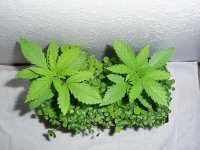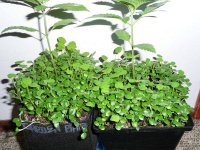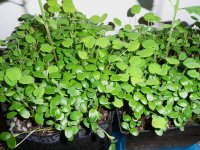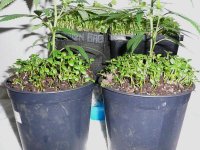M
mugenbao
I also don't really know how much seed to sow for a good spread because I don't know how this clover will grow in my setup
I thought I way overdid it the first time when the clover was so densely planted that it literally lifted the entire top layer of soil like an umbrella, lol. This last time I planted it too sparsely and didn't give it enough of a head start, and my conclusion is that I'd rather err on the side of overplanting and start the living mulch sooner if possible. It's hard to resolve if you've used too little and didn't realize it until too late.
I just started doing that, and it's too early to make a definitive conclusion, but it looks like it's working extremely well so far!I forget if you guys inoculate your seed, but the site I ordered from mentioned it was beneficial for high nitrogen requirements. I took that to mean that I would get more N from the inoculated clover so I went for it. I'm all about the free N! Will post some pics when there is more action.
I guess there's one way to find out. This thread is fun.
It is fun, one of my favorites. The organic soil forum in general is my favorite part of the whole site
.

 .
.





